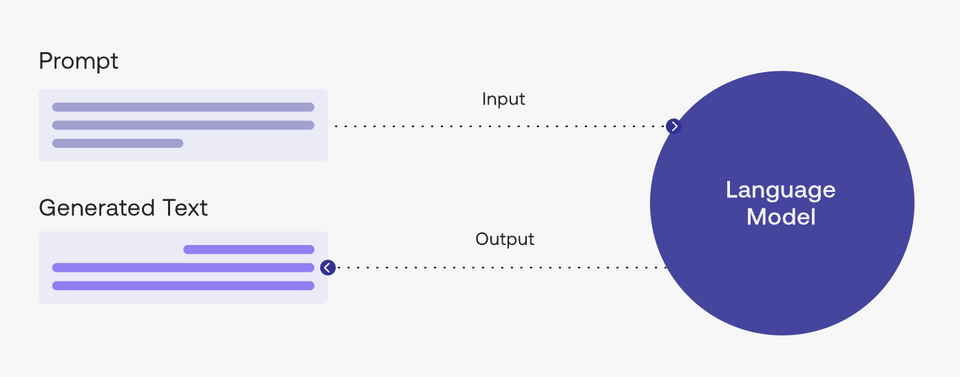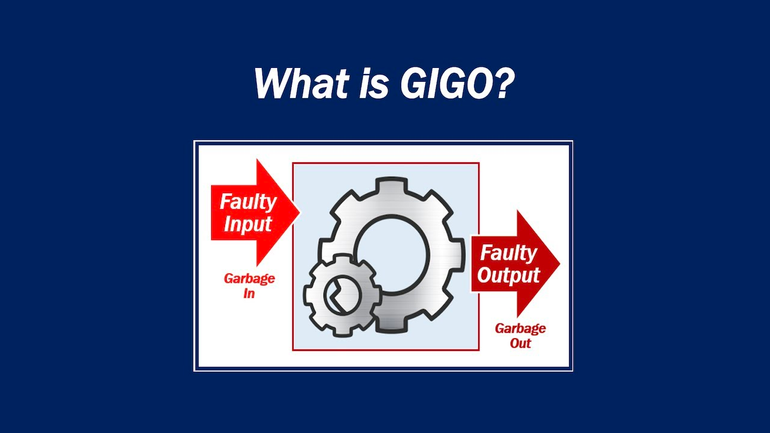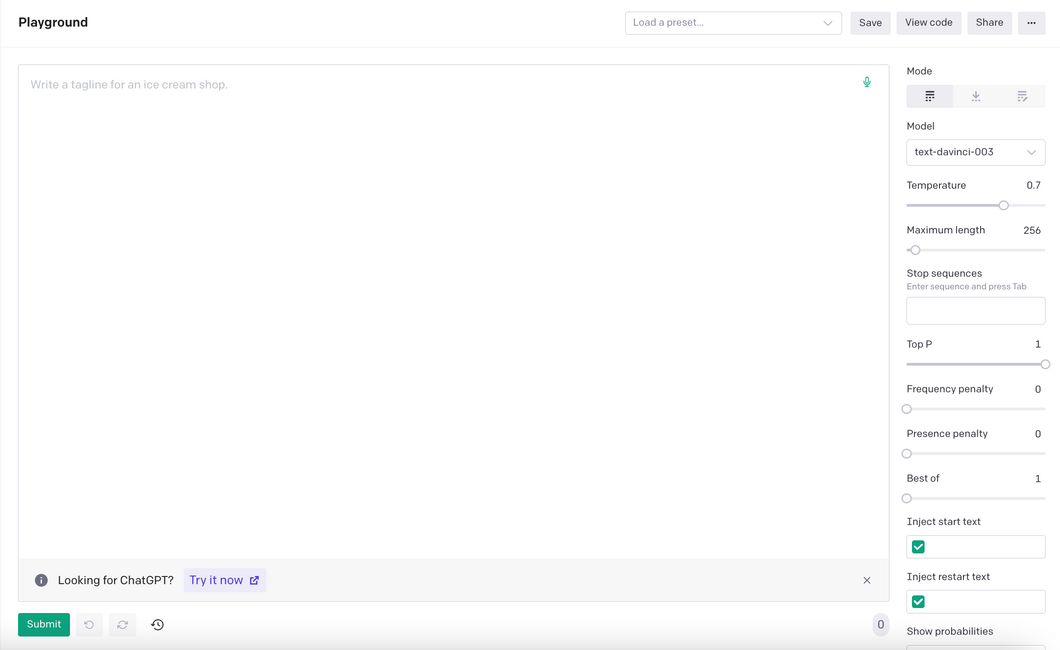Create unique language development with ChatGPT
Search and store tool for Chat GPT Prompt
Create unique and engaging language development with ChatGPT, a pre-trained language model by OpenAI for generating high-quality and accurate content.
Techniques for Estimating and Tracking Time Required for Language Development Tasks
Propose techniques for estimating and tracking the time required for various [language] development tasks.
Effective Strategies for Task Management in [Language] Development Projects
Share strategies for effectively managing and prioritizing tasks in a [language] development project.
Maximizing Focus during Language Development: Techniques and Tips for Staying on Task
Suggest ways to minimize distractions and maintain focus during [language] development tasks.
Effective Strategies for Building a Strong and Diverse Language Development Skill Set
Recommend strategies for building a strong and diverse [language] development skill set.
Best Practices for Leading and Managing a Language Development Team
Share best practices for leading and managing a [language] development team.
Tips for Organizing & Facilitating Effective Remote Meetings for Language Development Teams
Share tips for organizing and facilitating effective remote meetings for a [language] development team.
Best Tools and Practices for [Language] Development Team Remote Collaboration
Suggest tools and best practices for remote collaboration among the members of a [language] development team.
What is “prompt engineering”?
A “prompt” is the input that guides a generative AI model to generate useful outputs. Generative AI tools like ChatGPT, GPT, DALL·E 2, Stable Diffusion, Midjourney, etc. all require prompting as their input.

In a natural language processing (NLP) context, “prompt engineering” is the process of discovering inputs that yield desirable or useful results. As is the story with any processes, better inputs yield better outputs; or commonly said another way “garbage in, garbage out.”


Become a prompt researcher instead of engineer
- If you’re already a subject matter expert in something, consider figuring out how to apply your personal skills to generating the best prompts in your field
- For example, if you’re an expert in SEO, what questions do you ask yourself when creating SEO strategies? How can you translate this knowledge into better prompts to generate the same level of output with AI?
Become a prompt researcher instead of engineer
- The term prompt engineer glosses over the idea that prompt formulation takes hypothesizing, research, result measurement, and repetition. Instead, approach prompting like a research project.
- Try as many different variations and formulations of your prompt as possible. One problem can have hundreds of solutions and one solution can have hundreds of approaches. The same can be said of prompting.